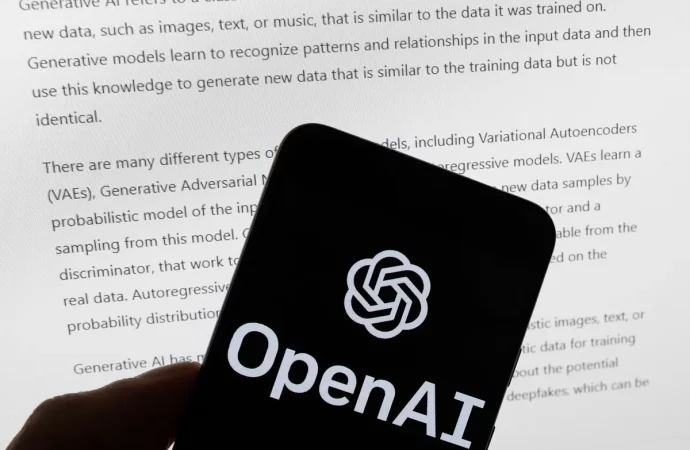Introduction Greetings, readers! I’m your guide today, an experienced tech scribe with a deep-rooted fascination for AI. With a rich background in the field, I’ve honed my skills in demystifying complex technologies in an engaging and accessible manner. Decoding OpenAI’s Sora OpenAI’s Sora is a remarkable stride in the realm of artificial intelligence. It’s an AI model
Introduction
Greetings, readers! I’m your guide today, an experienced tech scribe with a deep-rooted fascination for AI. With a rich background in the field, I’ve honed my skills in demystifying complex technologies in an engaging and accessible manner.
Decoding OpenAI’s Sora
OpenAI’s Sora is a remarkable stride in the realm of artificial intelligence. It’s an AI model that can conjure up realistic and imaginative scenes from textual instructions. This capability to generate videos based on descriptive prompts, extend existing videos forwards or backwards in time, and generate videos from still images distinguishes it from other AI systems.
The Significance of Data Details
Data is the driving force of AI. But it’s not just about volume; the quality and specifics of the data can determine the success or failure of an AI system. High-grade data enables models to make superior predictions and yield more reliable outcomes, fostering trust among users. Moreover, AI models can mirror the biases in the data they are trained on, which is why it is crucial to use high-quality data that accurately represents the real world.

Image by: https://image. cnb cfm. com
Sora’s Data Handling Strategy
Sora adopts a unique strategy for managing data. It’s not merely about amassing as much data as possible; it’s about comprehending the data and utilizing it effectively. This is what distinguishes Sora from other AI systems. It’s engineered to grasp the nuances and subtleties of the data it’s trained on, enabling it to generate more precise and human-like text.
The Concealed Challenges in the Details
While Sora’s data handling strategy is innovative, it’s not devoid of challenges. One of the most significant challenges is ensuring the quality and accuracy of the data. If the data is inaccurate or misleading, it can lead to incorrect outputs. This is why it’s paramount to ensure the data is accurate and dependable.
Implications for Tech Bloggers, AI Students, and Data Science Learners
What does all this imply for our readers? Whether you’re a tech blogger, an AI student, or a data science learner, there’s a wealth to learn from Sora’s data handling strategy. Understanding how Sora operates can provide you with a deeper understanding of AI and how it’s transforming the world around us.
Conclusion
We’ll conclude with some final reflections on Sora, its data handling strategy, and what it signifies for the future of AI. As we continue to progress in the field of AI, it’s evident that data will continue to play a pivotal role. And as Sora has demonstrated, it’s not just about the volume of data, but the quality and details as well.
Table: Key Points Discussed
| Section | Key Points |
|---|---|
| Decoding OpenAI’s Sora | Introduction to Sora, its purpose and functionality |
| The Significance of Data Details | The role of data in AI, importance of data quality |
| Sora’s Data Handling Strategy | How Sora manages data, what sets it apart |
| The Concealed Challenges in the Details | Potential challenges with Sora’s data handling strategy |
| Implications for Readers | What Sora’s data handling strategy means for tech bloggers, AI students, and data science learners |
Remember, the key to understanding complex technologies like Sora lies in the details. So, keep asking questions, keep exploring, and most importantly, keep learning.
















